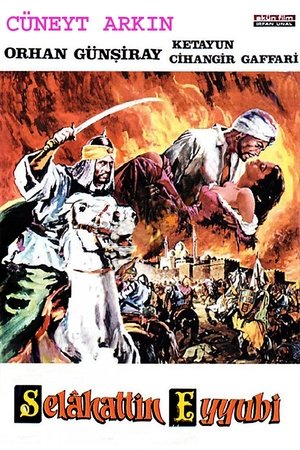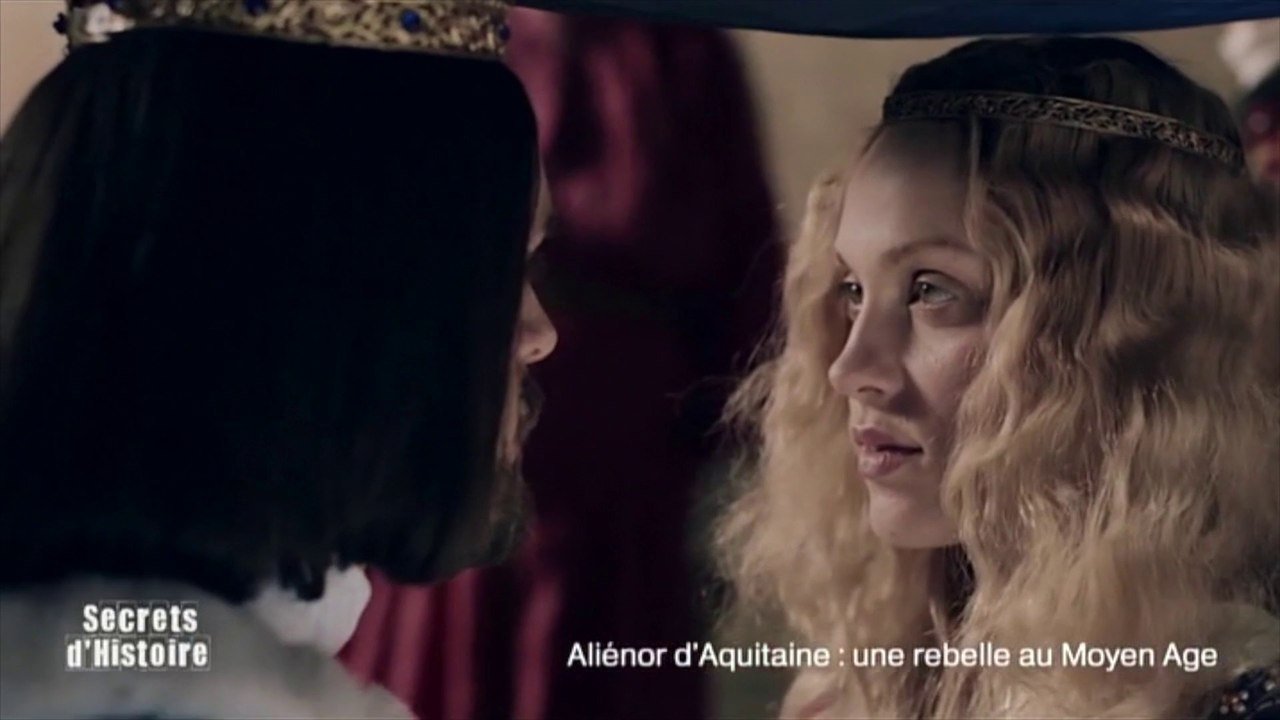
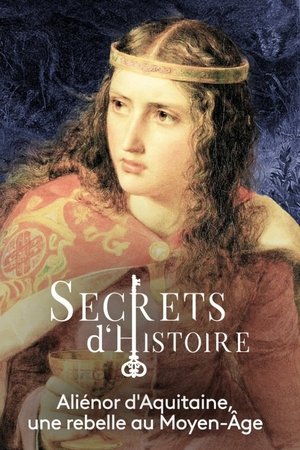
Aliénor d'Aquitaine : une rebelle au Moyen-Âge(2015)
In this episode of Secrets d’Histoire, Stéphane Bern explores the life of a great queen of the Middle Ages: Eleanor of Aquitaine. A passionate and loving woman, ahead of her time. She goes on a crusade, she gets divorced... It is also thanks to her that the legend of King Arthur will be born.

Movie: Aliénor d'Aquitaine : une rebelle au Moyen-Âge
Top 5 Billed Cast
Michel de Decker
Philippe Delorme
Mireille Calmel
Martin Aurell

Aliénor d'Aquitaine : une rebelle au Moyen-Âge
HomePage
Overview
In this episode of Secrets d’Histoire, Stéphane Bern explores the life of a great queen of the Middle Ages: Eleanor of Aquitaine. A passionate and loving woman, ahead of her time. She goes on a crusade, she gets divorced... It is also thanks to her that the legend of King Arthur will be born.
Release Date
2015-08-11
Average
0
Rating:
0.0 startsTagline
Genres
Languages:
EnglishFrançaisKeywords
Similar Movies
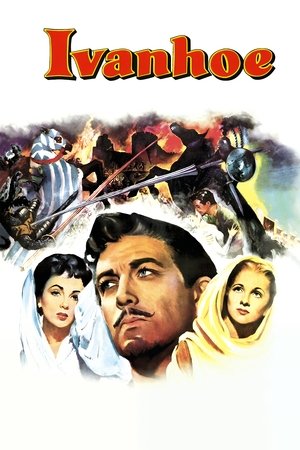 6.8
6.8Ivanhoe(en)
Sir Walter Scott's classic story of the chivalrous Ivanhoe who joins with Robin of Locksley in the fight against Prince John and for the return of King Richard the Lionheart.
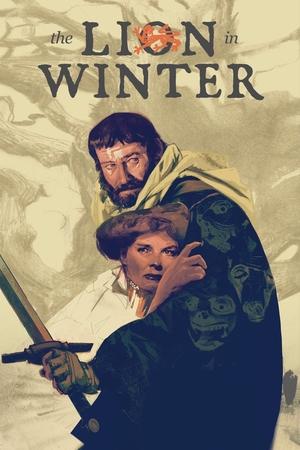 7.4
7.4The Lion in Winter(en)
Henry II and his estranged queen battle over the choice of an heir.
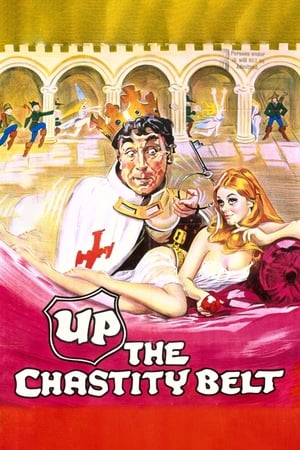 4.0
4.0Up the Chastity Belt(en)
A funny thing happened to Lurkalot, serf to Sir Coward de Custard, on the way to Custard Castle. Lurkalot sells lusty love potions and rusty chastity belts in the market place, but on this day Sir Graggart de Bombast arrives to sack the castle, and to get the lovely Lobelia Custard in the sack! Lurkalot must help Custard cream the knight in pining armour...
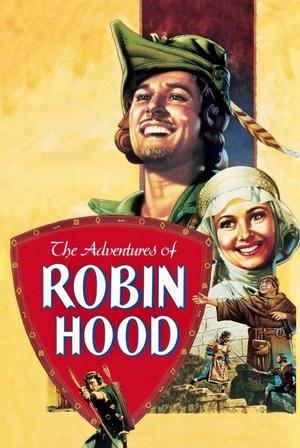 7.5
7.5The Adventures of Robin Hood(en)
Robin Hood fights nobly for justice against the evil Sir Guy of Gisbourne while striving to win the hand of the beautiful Maid Marian.
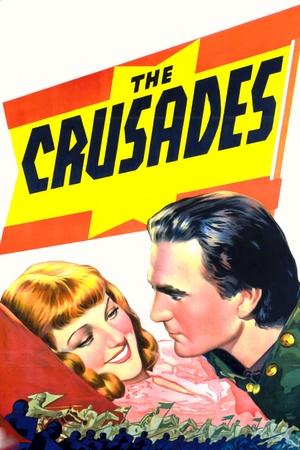 6.2
6.2The Crusades(en)
King Richard the Lionhearted launches a crusade to preserve Christianity in Jerusalem.
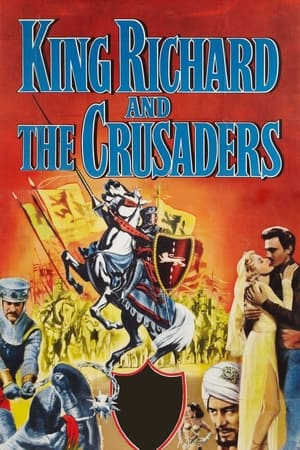 6.3
6.3King Richard and the Crusaders(en)
Based on Sir Walter Scott's The Talisman, this is the story of the romantic adventures of Christians and Muslims during the battle for the Holy Land in the time of King Richard the Lionheart.
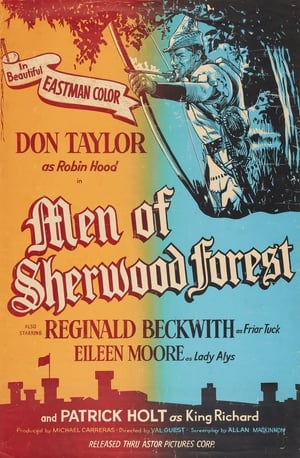 6.7
6.7The Men of Sherwood Forest(en)
Robin Hood is persuaded by two nobles whom he believes to be loyal to King Richard to recover secret plans attaining to the rescue of the king from captivity in Germany. Though disguised as a troubadour, Robin is betrayed and captured. Lady Alys and the merry men help him escape in time to foil an intended ambush on King Richard as he returns from the Crusades.
 7.1
7.1Nanook of the North(en)
This pioneering documentary film depicts the lives of the indigenous Inuit people of Canada's northern Quebec region. Although the production contains some fictional elements, it vividly shows how its resourceful subjects survive in such a harsh climate, revealing how they construct their igloo homes and find food by hunting and fishing. The film also captures the beautiful, if unforgiving, frozen landscape of the Great White North, far removed from conventional civilization.
 6.9
6.9Olympia: Part One – Festival of the Nations(de)
Commissioned to make a propaganda film about the 1936 Olympic Games in Germany, director Leni Riefenstahl created a celebration of the human form. This first half of her two-part film opens with a renowned introduction that compares modern Olympians to classical Greek heroes, then goes on to provide thrilling in-the-moment coverage of some of the games' most celebrated moments, including African-American athlete Jesse Owens winning a then-unprecedented four gold medals.
 6.7
6.7Olympia: Part Two – Festival of Beauty(de)
Commissioned to make a propaganda film about the 1936 Olympic Games in Germany, director Leni Riefenstahl created a celebration of the human form. Where the two-part epic's first half, Festival of the Nations, focused on the international aspects of the 1936 Olympic Games held in Berlin, part two, The Festival of Beauty, concentrates on individual athletes such as equestrians, gymnasts, and swimmers, climaxing with American Glenn Morris' performance in the decathalon and the games' majestic closing ceremonies.
 6.7
6.7Workers Leaving the Lumière Factory(fr)
Working men and women leave through the main gate of the Lumière factory in Lyon, France. Filmed on 22 March 1895, it is often referred to as the first real motion picture ever made, although Louis Le Prince's 1888 Roundhay Garden Scene pre-dated it by seven years. Three separate versions of this film exist, which differ from one another in numerous ways. The first version features a carriage drawn by one horse, while in the second version the carriage is drawn by two horses, and there is no carriage at all in the third version. The clothing style is also different between the three versions, demonstrating the different seasons in which each was filmed. This film was made in the 35 mm format with an aspect ratio of 1.33:1, and at a speed of 16 frames per second. At that rate, the 17 meters of film length provided a duration of 46 seconds, holding a total of 800 frames.
 0.0
0.0Great Poets: In Their Own Words(en)
A journey into the BBC archives unearthing glorious performances and candid interviews from some of Britain's greatest poets.
 3.5
3.5The Entire Universe(en)
Eric Idle persuades Professor Brian Cox to present a lecture on the birth of the entire universe. Brian soon realises Eric is actually hosting a comedy and musical extravaganza.
In Memory of Sergo Ordzhonikidze(ru)
The film is about the life and work of Grigory Ordzhonikidze Konstantinoviche, an important personality in both the Communist Party and the Soviet state. The film includes speeches by his bereaved friends who attended his funeral. In 1937, after the unexpected death of Sergo Ordzhonikidze, Vertov received an urgent order from the government to produce a film about the life of Ordzhonikidze. He was ordered to work together with Yakov Bliohom and the director of the film "Battleship Potemkin" distributed by Goskino (Soviet State Committee for Cinematography).
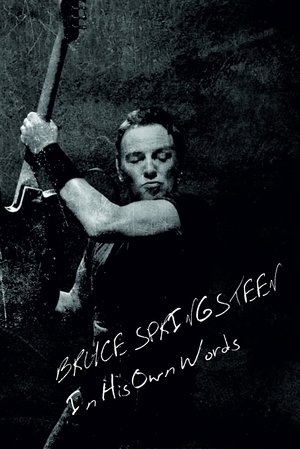 6.8
6.8Bruce Springsteen: In His Own Words(en)
Revealing bio-documentary giving an exclusive look into the life of one of the world's most admired and respected musicians as Bruce Springsteen explores and explains his greatest influences
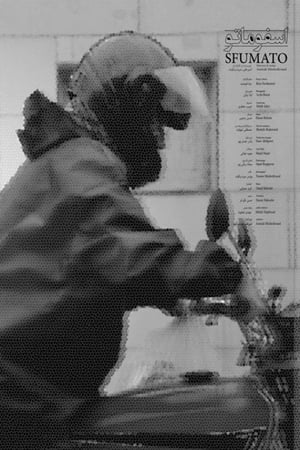 7.0
7.0Sfumato(fa)
A documentary about a rural family in Iran that has two teenage daughters, with their oldest child working to help the family. Together they face difficulties and obstacles, especially because she uses a motorcycle for work which is forbidden for women.
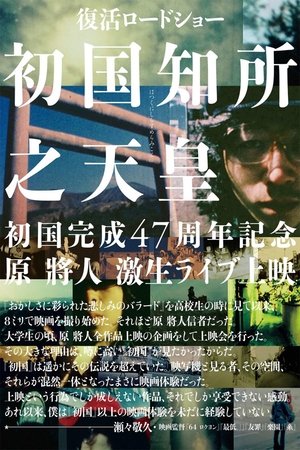 0.0
0.0The First Emperor(ja)
In 1971, Hara Masato and a group or actors started shooting his 16mm film, The First Emperor, based on an old Japanese book about history and myths that is known as the Kojiki ('Record of Ancient Matters'). He did not finish the film.
 7.0
7.0Great White Shark: Beyond the Cage of Fear(en)
A group of scientists form a relationship with Bruce, a Great White Shark, in order to prove the Great White is more than a mindless killing machine.
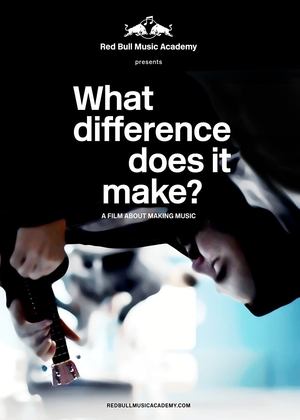 5.1
5.1What Difference Does It Make?(en)
A documentary that explores the challenges that a life in music can bring.

